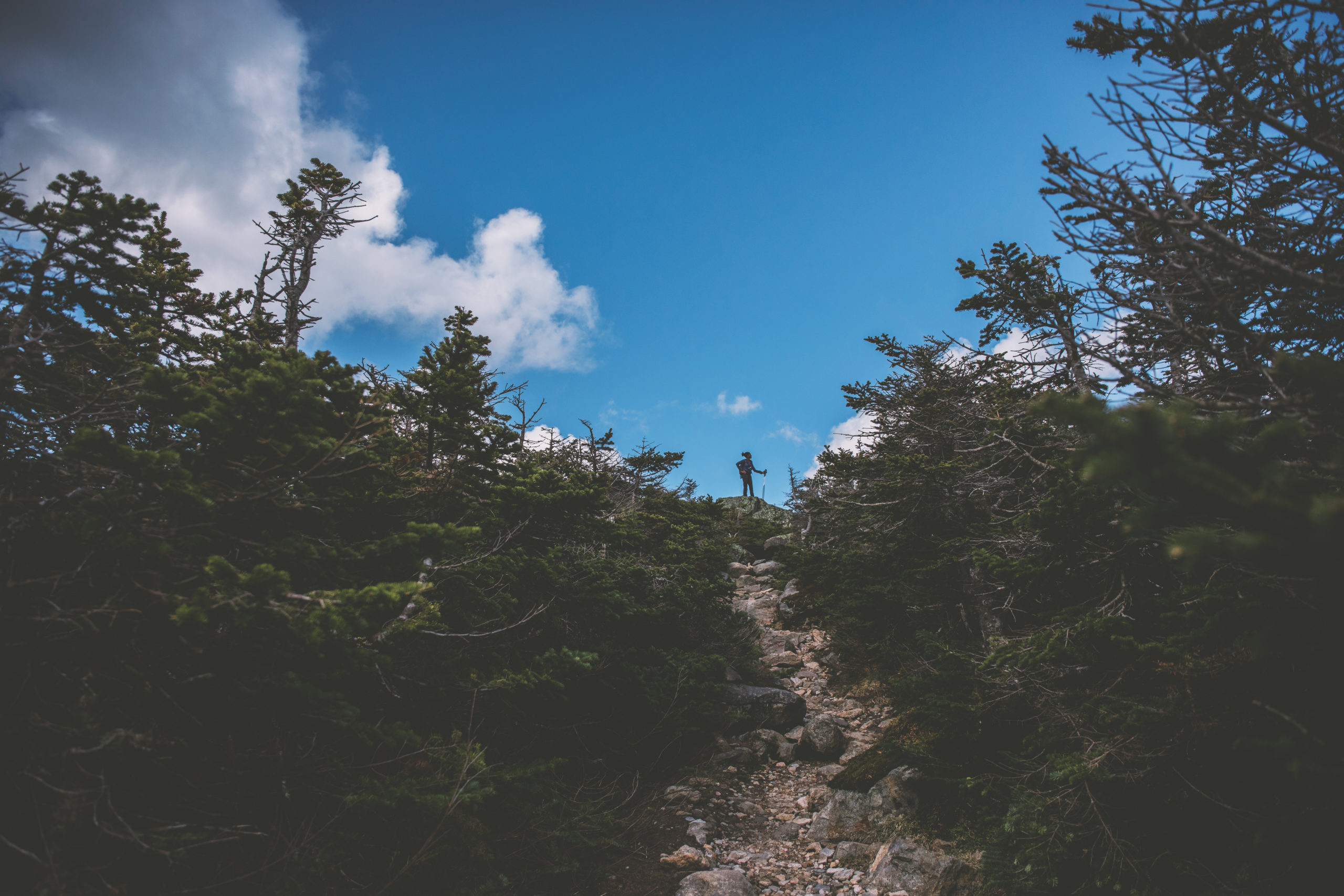

BIPOC communities (Black, Indigenous, and People of Color) have frequently been excluded from American outdoor spaces.
Black History Month is meant to be a time of celebration and commemoration. We share stories of history, of art, of culture, of science, of standing up for equal rights and staring down adversity to help create a better, more inclusive world. It’s an important reminder that Black History contributes to every part of our world, despite the obstacles set before the countless Black men and women that we highlight, and that we should not limit this recognition to one month.
Before we can fully understand the significance of these achievements in Black History, it’s important to reflect upon the history of inclusion, because for many, there isn’t always a happy ending. For AMC, we acknowledge that the outdoors hasn’t always been a safe and inviting space for Black, Indigenous, and People of Color, something that has deeply affected the relationship between these communities and the outdoors today.
This week, we take time to reflect on the history of inclusion in the outdoors and provide further resources to better understand why AMC is committed to increasing access to the outdoors for all.
The Troubled History of Inclusion in American Outdoor Spaces
Racism and the Land: A Timeline
Whose Nature Is It? Resources on Race and Inclusion in the Outdoors